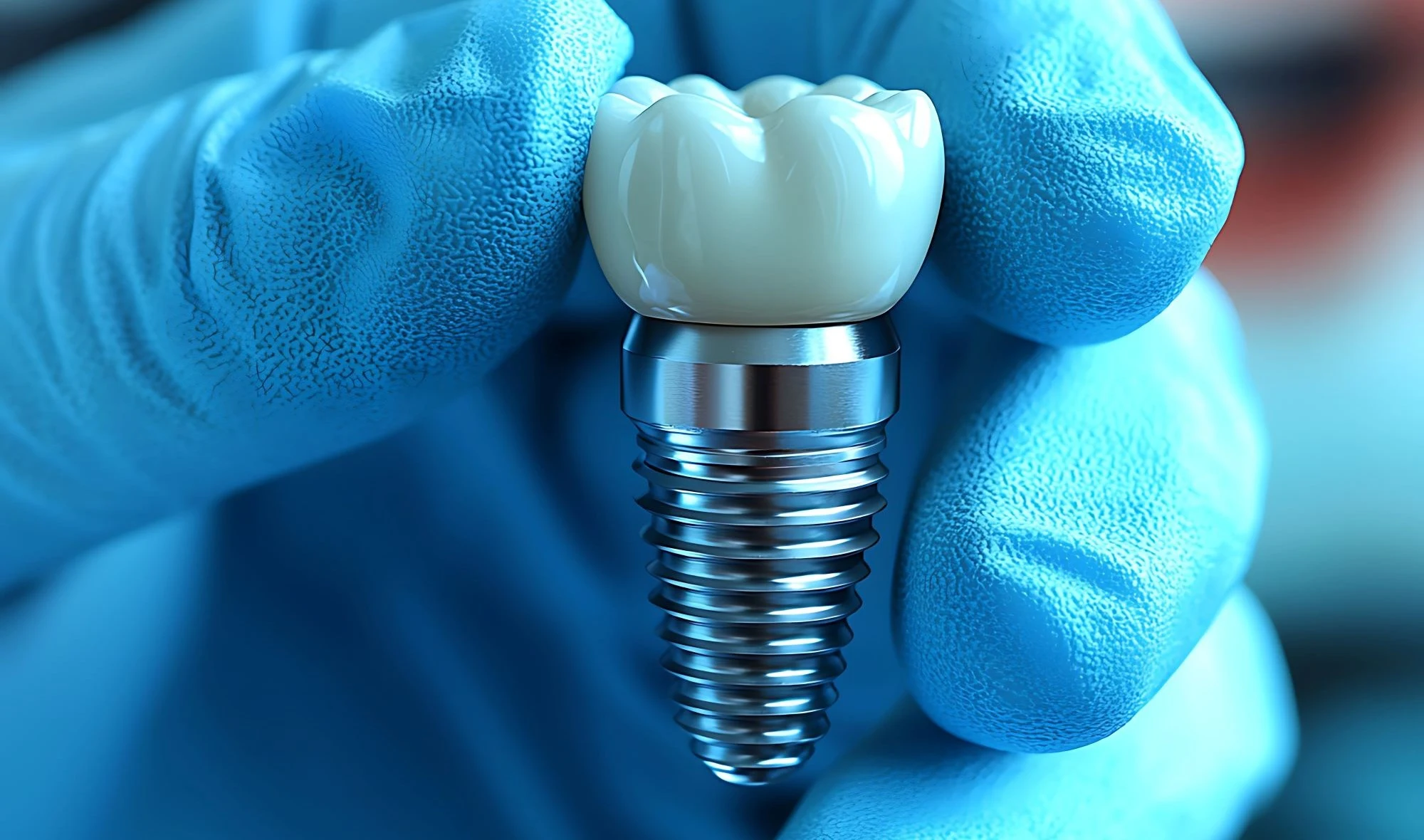
Dental Bone Graft: Process, Purpose & Healing Stages

This blog has been reviewed and approved by Dr Robert Lee, a dental professional of 35 years
Table of Contents
Key Takeaways
- A dental bone graft is used to reinforce the jawbone after trauma, disease, or age has reduced its strength.
- Bone grafts are relatively simple procedures and can be completed using a variety of materials, depending on preference.
- A bone graft may take up to a year to heal, but pain should subside within a week.